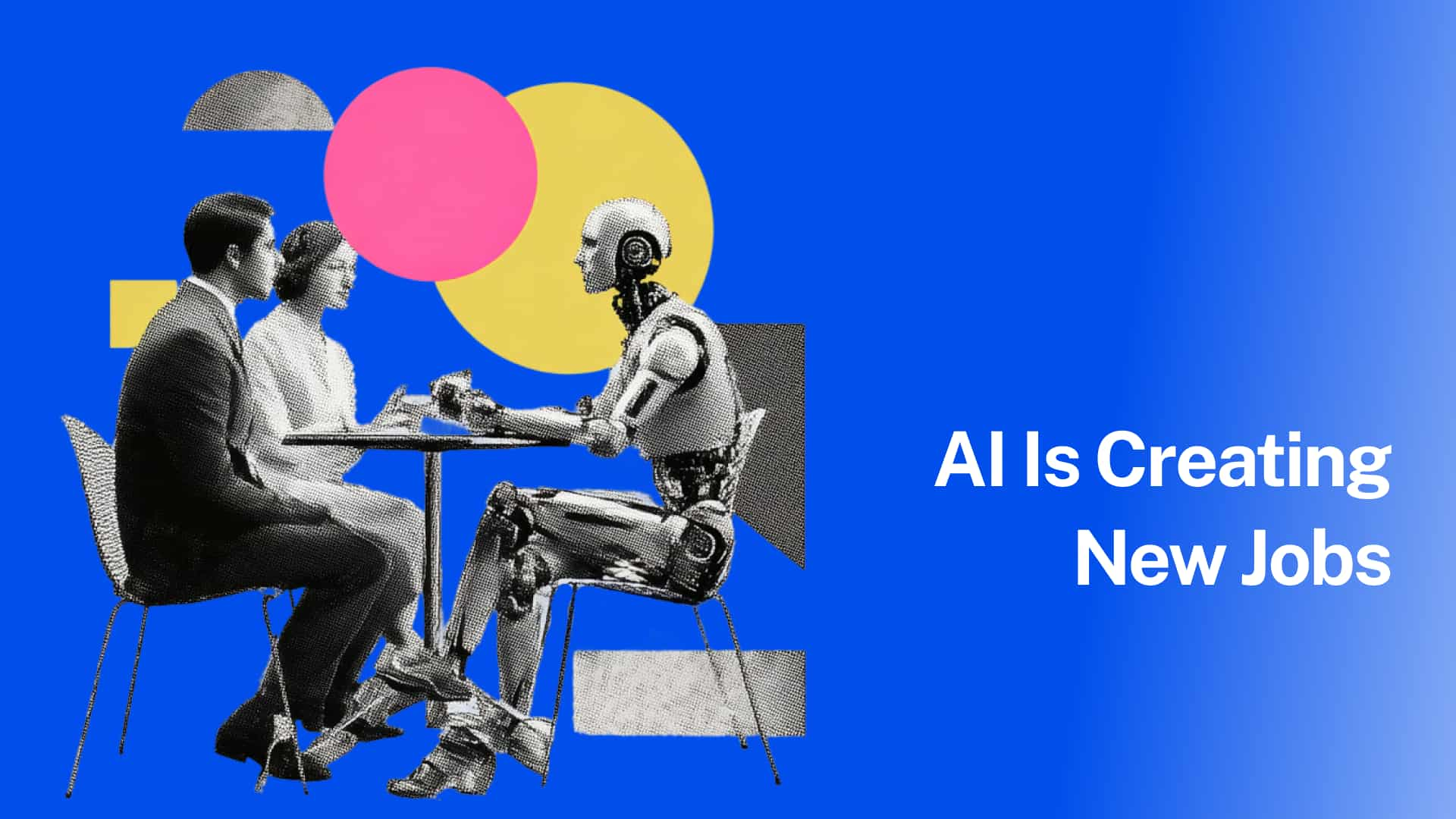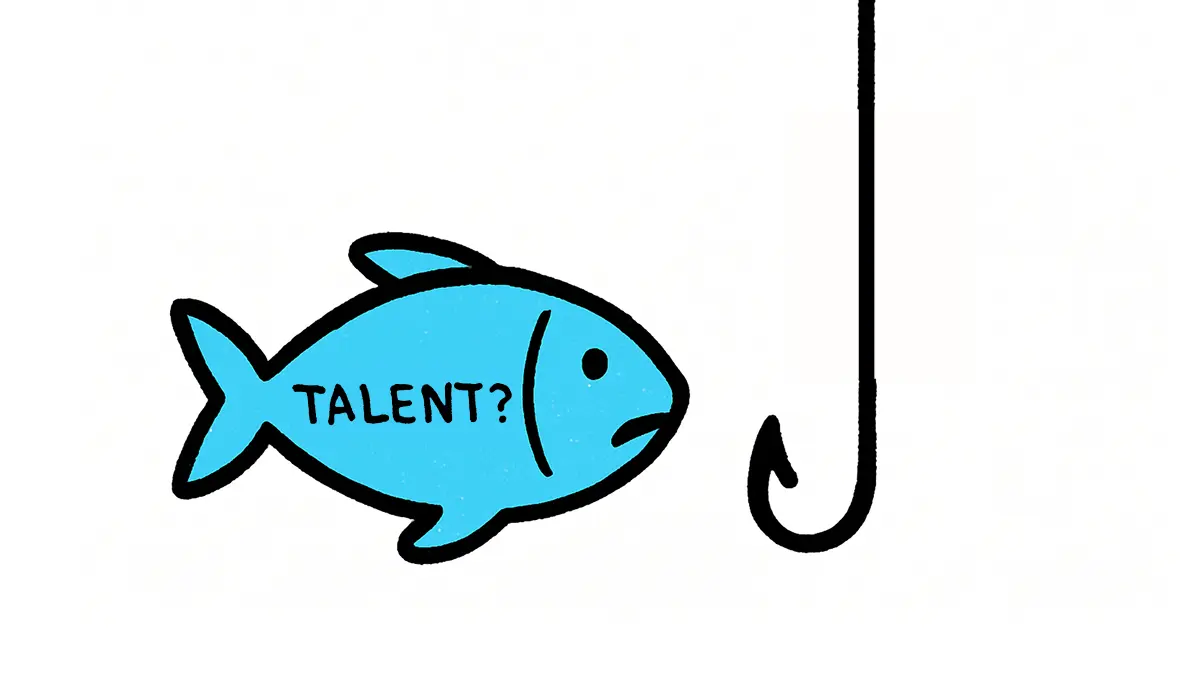During and post-COVID-19, workplaces all around the world have gone through an incredible transformation. With more and more companies recognizing that the future of work is hybrid, this new model enjoys widespread acceptance.
As life returns to normal and feels like before the pandemic, organizations try to entice workers back to offices. However, employees' relationships with offices have been irreversibly disrupted, and many want flexible work options.
A few main reasons employees resist returning to the offices are the problem with the office environment and the lack of trust in their co-workers. This is where the idea from the behavioral sciences, Nudging, comes into play.
In this article, we'll discuss the importance of nudging in the context of hybrid work and share some of the most effective ways organizations can use to nudge people back to their offices by employing engagement strategies.
What is Nudging, and How Does It Work?
Before we get into the detail of nudging, we must understand default options. Default options refer to the pre-determined courses of action that take effect if nothing is defined by the decision-maker.
In other words, the default option can be defined as either inertia or status quo, which stays the same unless any external action is taken to make the change. The reasons behind such heavy resistance to change behaviors is caused by various reasons, ranging from not wanting to spend too much cognitive effort to loss aversion, the path of least resistance.
Considering the massive subconscious influence of the default option, behavioral scientists and economists believe that the most powerful and efficient way to convince people to make such changes is neither done through education nor enforcement but rather the adaptive changes to their workplace environment or nudges.
Nudging is the practice of helping people make the best choice by designing the options in a way that influences but does not restrict the outcome. In their famous book "Nudge: Improving Decisions about Health, Wealth and Happiness," Cass Sunstein and Richard Thaler suggested that:
"If a certain behavioral pattern is the result of cognitive boundaries, habit or prejudices, this behavioral pattern may be nudged toward a better choice by integrating insights about the similar kind of boundaries, habits, and biases into choice architecture surrounding the behavior."
In simple words, nudging is the strategy for behavioral change that allows organizations and policymakers effectively influence employees' behavior without further constraining their freedom of choice or imposing mandatory obligations.
Nudging in Hybrid Work
So, now that we know what nudging is, let's discuss it in the context of hybrid remote work. After the post-COVID era, employees around the world have settled into the rhythms of remote work and don't want to stuff the genie inside the bottle again.
For them, the default option is working from home, and getting dressed up and commuting to the office is a considerable barrier compared to their default option. So, it is a no-brainer why companies are facing challenges to get people back in the office.
However, in a recent article, Microsoft's Chris Capossela points out some enthralling statistics from Microsoft's latest Work Trend Index:
- Almost 73% of employees need a solid reason to return to the workplace rather than just company expectations.
- 84% would go to the office if allowed to socialize with co-workers.
- 74% of workers would be motivated to go to the office more often to meet with their work friends.
- 85% of the employees would like to return to the office to reconstruct team bonds.
- 73% of the employees would go to the office regularly, knowing their direct team members would also be there.
- 50% of the employees report they feel no connection with their company.
How to Nudge Employees to Embrace the Hybrid Work Model?
Here are some most effective nudges and employee engagement strategies organizations can implement to help their employees understand the redefined purpose of the office and realize the true benefits of hybrid work:
Identify the Moments that Matter

With an enticing default of working remotely, what would make employees want to come to the office? Identify the activities where their presence matters the most and design nudges around those moments to encourage participation.
For example, attending weekly employee get-togethers has proven to rebuild the employee's connection to the company. Employees who have yet to participate in the event recently could be nudged to attend the upcoming event. Remote workers could join the event virtually from a local coworking site or with nearby colleagues, offering networking opportunities and solving work-from-home loneliness.
Personalized Events & Activities

Involving in events and fun team-building activities boost employee creativity and productivity and contribute to lower stress levels. Build employee engagement by creating personalized events and activities that allow them to collaborate with other team members and make them feel appreciated.
Don't try to lure them into the company's monthly events that no one can resonate with. Personalization and tailored opportunities to connect with relevant team members in the workplace are the perfect nudges to get employees back to the offices.
Manager's Get-Togethers

No matter how hard we try to solve the hybrid problem at a company level, the truth is that managers are one of the most compelling nudges for employees to switch work from home for an in-office one.
Capossela, in his article, claims that managers have the perfect position to implement employee experience solutions and create more intentional opportunities to build employee connections. Some great ways to do so are weekly team days to bring local and remote employees together, an extended lunch at a popular café, or a series of workshops to bring employees together.
Transparent Hybrid Schedules

One of the most persuasive reasons people show up in the office is knowing if their friend or favorite colleague is also there. People are social animals, and the ability to socialize and work alongside others is their biggest drive to come to the office.
According to Open-Sourced Workplace, employees are more likely to come to the office on the same days as their managers. To nudge people in the office, managers must make hybrid schedules transparent to their team members to foster collaboration, employee engagement, and culture.
Running your own hybrid office? Check out our comparison of the Top 36 Hot Desk Booking Software. Need meeting room booking instead? Check out our Top 10 Meeting Room Booking Software.
Wrap Up
Nudge theory has been widely adopted in various industries to foster a more positive and inclusive work culture for employees. Humans, to some extent, are inherently averse to change, and some small interventions work best to change someone's behavior subtly.
Nudge theory also applies to the workplace. By combining employee data with behavioral science and employee engagement strategies mentioned above, organizations can make work fun again and nudge employees back to the offices.
















.webp)



.webp)

.webp)